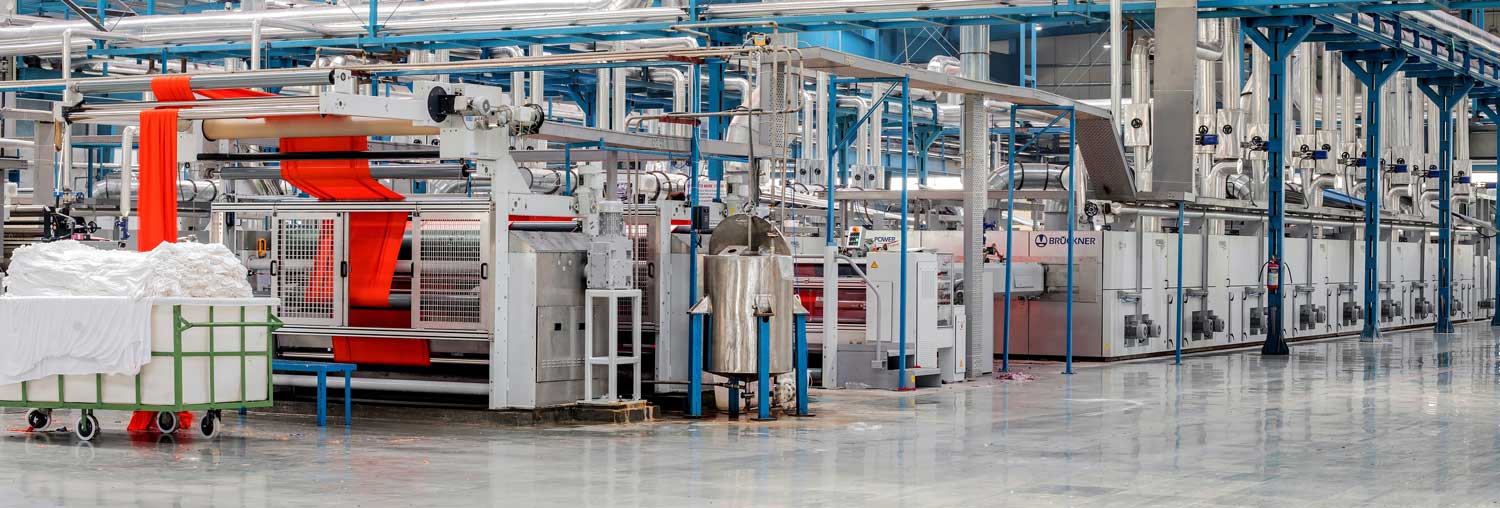Whether it's automotive, medical device, electronics production or another industry, Mexico is one of the most popular locations for both offshoring and nearshoring companies. Let's take a look at the two business practices and how they're beneficial for manufacturers operating in Mexico.
What is Nearshoring?
Nearshoring refers to the practice of moving portions of a company's operation to a nearby location, sometimes across national borders. Nearshoring is a subset of offshoring with the main differentiator being that the outside company is located a little bit closer to you, but still in another country. This destination often shares a border with the manufacturer's own region or country. The process of nearshoring is not without its benefits, but Rita Gunther McGrath, associate professor at Columbia Business School, believes the U.S. will recover as a manufacturing hub - especially as it becomes less cost efficient to manufacture offshore. While offshore countries were once a premier place for businesses to relocate, increasing inflation and wage expectations, specifically in China altered that standing. Nearshoring to closer locations like Mexico, is more attractive and advantageous to manufacturers, specifically those in the United States. IT Today lists some of the benefits as:
- Reduced differences in time zones: Virtual development teams no longer have to worry about the time difference when attempting to make easy fixes and there is an improved time-to-market schedule. In addition, the business workforce is more stable and satisfied, when there are fewer time differences and better communication.
- Night shifts could be eliminated: It's easier for outsourced business employees to experience burnout if their primary hours are at night. Getting rid of this shift will improve quality and worker retention, as people will be less likely to search for other jobs with better work schedules.
- In-person meetings: The proximity of the original company and the nearshore location allows company staff and outsourced developers to meet and work together face to face.
- Intellectual property protection: As manufacturers continue to develop innovative project ideas and products, they need a home where those concepts are sheltered from outside influence, claim of ownership or duplication. Intellectual capital is less likely to be stolen in nearshoring locations.
- Proximity to customers: Outsourcing to a location far away from the main source of production could be detrimental to a business's profits. Manufacturers rely on customers within their vicinity to increase their business reach, so nearshoring allows these companies to stay close to their client base.
Nearshoring to Mexico is just one option for manufacturers. These companies also have the option to outsource their business operations a little further from home.
What is Offshoring?
Offshoring refers to outsourcing that takes place across national borders, often to a more distant country where production costs are is significantly cheaper. Similar to nearshoring, offshoring has some benefits for companies to partake:
- Large pool of skills: Certain countries tend to be better for specific industries. For example, India has a large English-speaking population, making it a one strong location for outsourcing business processes like customer service. Companies can choose the destination for their business by understanding what countries offer the types of skills they require.
- Less expensive labor: This is a well-known advantage of offshoring, as manufacturers are usually able to pay outsourced workers less. Thus, reducing their business costs.
What is a key difference between offshoring and nearshoring?
The key difference between offshoring and nearshoring is that offshoring is moving a company's operations to a distant location, while nearshoring involves relocating operations to a nearby country in the same region. If frequent communication and collaboration are required, nearshore outsourcing may be the better option. The company office will often be in the same time zone or a closer zone, which makes it easier to communicate with the development team.
Whereas, one of the advantages of offshoring is that businesses can save more on operating costs. Often offshoring operations to farther away countries results in lower labor and production costs that can make a big difference in the accounting books.
What are the benefits of nearshoring vs offshoring?
While nearshoring is similar to offshoring in some regards, there are several pros to establishing nearshoring operations. Nearshoring ensures more cultural similarities than offshoring and smaller time zone differences, which can make it easier to collaborate. Nearhshoring offers better control than offshoring and can also result in shorter ship times for your goods. Another benefit is that people are more willing to relocate, if necessary, which can reduce your need for talent recruitment.
Mexico is a Prime Country for Both Offshoring and Nearshoring!
Manufacturers have a multitude of locations to choose from when deciding to offshore or nearshore portions of their firm operations. While the criteria for selecting a business location differs depending on a company's industry and needs, Mexico is a popular destination for businesses from around the world for both their offshoring and nearshoring operations. The country offers many advantages for manufacturers that choose it for their production. Here are four:
- Proximity to the U.S.: Mexico is just south of the U.S., making it a perfect nearshoring location for American manufacturers looking to reduce their project costs while keeping production close to home. Offshoring companies can also benefit from Mexico's closeness to the U.S. by using the country's infrastructure to export goods to America.
- Participation in free-trade agreements: Mexico has access to over 60 percent of the global gross domestic product as a result of the country's participation in 13 FTAs with 45 different countries, 32 Reciprocal Investment Promotion and Protection Agreements with 33 countries, 9 trade agreements within the framework of the Latin American Integration Association and recent membership in the Trans-Pacific Partnership Agreement. Participation in the North American Free Trade Agreement may be the most advantageous for Mexico, allowing the country to export products cheaply and save money from reduced tariffs on particular items.
- Intellectual property security: One of the main concerns with offshoring for manufacturers is protection of intellectual capital. Intellectual property is protected in Mexico and the country's government took steps to ensure the courts respect and enforce these business laws. NAFTA also protects certain Intellectual Properties, including data copyright, trademarks, patents, industrial designs, digital assets, and many more.
Skilled labor: Mexico boasts a large educational infrastructure, with around three million people enrolled in post-secondary learning, according to World Education News and Reviews. Labor and manufacturing costs are considerably lower in Mexico than in China or the U.S. For example, it is 4 percent cheaper to operate in Mexico than in China, the South China Morning Post found. Furthermore, the country frequently invests in education to make sure all future employees have the necessary skills, talent, and knowledge to succeed in the plethora of manufacturing jobs.
It can be a difficult decision for manufacturers to decide to move their business operations elsewhere. However, while the choice may be challenging, both offshoring and nearshoring offer companies substantial benefits. The selection of location is dependent on the business, but Mexico is a prime location for manufacturers of several industries, including medical devices, automobile, energy, aerospace, tech and software development, and many others. With skilled labor, its proximity to the U.S. and participation in free-trade agreements, more manufacturers should consider Mexico when choosing their nearshoring and offshoring destination.
Thinking about manufacturing in Mexico? Download this ebook and start moving your due diligence forward.
Subscribe
Sign up and stay informed with tips, updates, and best practices for manufacturing in Mexico.






